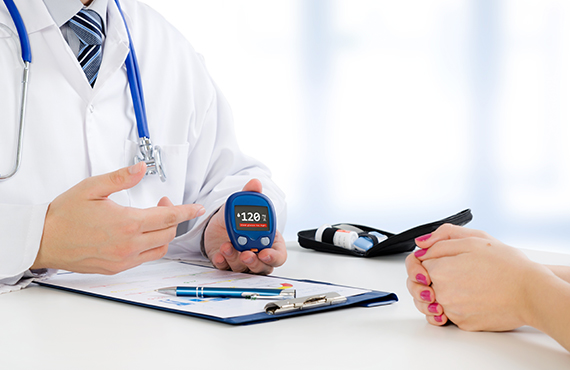
About The Shoulder
- Muscles
- Shoulder Conditions
- Shoulder Replacement Surgery
- Reverse Shoulder Replacement
- Shoulder Instability
- Frozen Shoulder Treatment
- Shoulder Impingement Treatment
- Rotator Cuff Tear Treatment
- Arthroscopic Shoulder Surgeries
- Slap (Superior Labrum Anterior To Posterior) Tears
- Latarjet & Remplissage Surgery
- Shoulder Arthritis Treatment
- Calcific Tendonitis
- Examination

Quick Contact Here
+91 22 23062035
022 - 23012732

Watch Our Video

SHOULDER IMPINGEMENT TREATMENT IN MUMBAI
Shoulder impingement syndrome occurs when the rotator cuff tendons are intermittently trapped and compressed during shoulder movements. This pinching between the top of the shoulder blade (acromion) and the humeral head can cause inflammation, pain, and restricted movement.
It is one of the most common causes of shoulder pain, particularly in athletes and individuals who engage in repetitive overhead activities, such as swimming, weightlifting, or painting.
Causes of Shoulder Impingement
- Repetitive overhead activity or overuse
- Poor posture or shoulder mechanics
- Bone spurs or arthritis in the shoulder joint
- Rotator cuff weakness or imbalance
- Previous shoulder injuries or instability
How Shoulder Impingement Develops:
- Repeated overhead movement → Tendon inflammation → Swelling in tight joint space
- Swelling increases friction between bones and soft tissues
- Continued friction → Pain, weakness, and further damage
Symptoms of Shoulder Impingement
- Sharp or pinching pain when lifting the arm overhead
- Pain that worsens at night or while lying on the affected side
- Difficulty reaching behind the back
- Weakness in the shoulder or arm
- Tenderness at the front of the shoulder
Who is at risk of developing shoulder impingement?
Athletes (swimmers, tennis players), gym enthusiasts, people with jobs requiring overhead work (painters, electricians), and older adults are more likely to develop shoulder impingement.
Treatment Options
Impingement is a shoulder condition where there is pain with overhead activities. It is also known as swimmer's shoulder.
The contact between the acromion process of the scapula and the greater tuberosity of the humerus come in contact with each other with overhead activities. This causes friction and inflammation of the sub-acromial bursa, causing pain.
This condition is often managed conservatively with a USG guided injection in the sub-acromial bursa. The pain and inflammation subsides and then with proper rehabilitation patients return back to sport.
Dr. Chintan Desai is the best shoulder pain doctor surgeon who performs this injection procedure under ultrasound guidance.
In few cases, due to repeated friction, a sub-acromial bony spur develops. This causes repeated impingement.
The treatment of this condition then required a shoulder arthroscopy and acromioplasty.
Dr. Chintan Desai is the best shoulder doctor surgeon for shoulder arthroscopy and acromioplasty.
Frequently Asked Questions
Q5. How is shoulder impingement diagnosed?
A shoulder specialist like Dr. Chintan Desai will evaluate your condition through physical examination, X-rays, and possibly MRI or ultrasound to assess tendon health and joint structure.
Q6. Can shoulder impingement heal without surgery?
Yes. Most cases respond well to non-surgical treatment such as rest, physiotherapy, anti-inflammatory medications, and corticosteroid injections. Surgery is only considered if conservative treatment fails.
Q7. How long does it take to recover from shoulder impingement?
Recovery time varies. Mild cases may improve in 4–8 weeks with physiotherapy. Severe or chronic cases might require longer, especially if surgery is involved.
Q8. What is the surgical option for shoulder impingement?
The most common procedure is arthroscopic subacromial decompression, where inflamed tissue and bone spurs are removed to create space and relieve pressure on the rotator cuff.
Q9. Can I exercise with shoulder impingement?
Avoid overhead and strenuous activities until pain subsides. A structured rehabilitation program is recommended. Always consult a physiotherapist or your doctor before resuming workouts.
Q10. What happens if shoulder impingement is left untreated?
If untreated, impingement can lead to rotator cuff tears, chronic pain, and long-term shoulder dysfunction. Early treatment prevents permanent damage.
